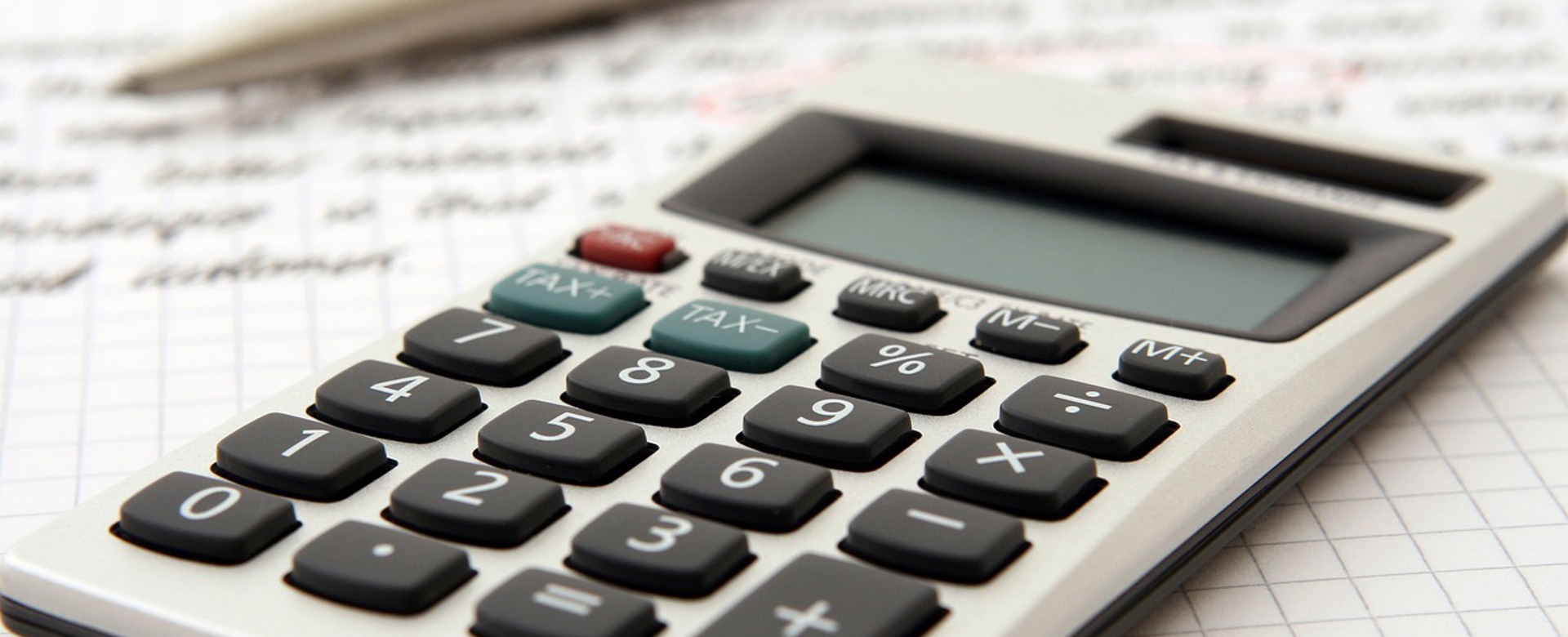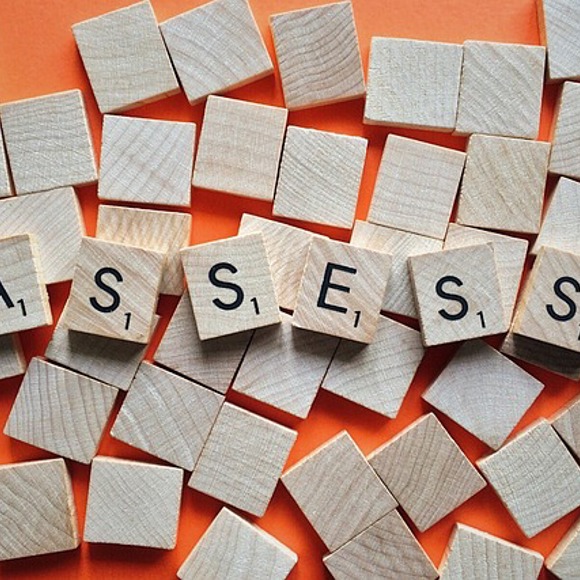
Pensions play a crucial role in retirement planning, offering a structured way to save for the future while providing financial security during your later years. Understanding the nuances of various pension schemes in the UK can help you work towards the retirement lifestyle you want.
This guide aims to help you navigate different types of pensions, understand how to get the most out of them and outlines key strategies to maximise your benefits.
Introduction to pensions in the UK
UK pensions are typically categorised into three main types: State Pensions, Employer Pensions ( workplace pensions), and Personal or Private Pensions. Each type serves a specific purpose and offers unique benefits and limitations.

State Pensions provide you with a regular payment from the government, which you can claim after reaching the State Pension age. This pension is based on your National Insurance contribution record.
Employer Pensions, often referred to as workplace pensions, involve contributions from both you and your employer. These employer contributions can significantly enhance your pension pot.
Personal Pensions are arrangements made individually by you. They allow greater flexibility in terms of contribution amounts and investment choices which makes them a great option for those seeking more control over their retirement savings. If you’re self-employed, you won’t have a workplace pension, so setting up your own Private Pension is a really important part of saving for retirement.
Understanding your pension before you retire
It’s not uncommon for people to simply contribute to their pension pot throughout their career without checking up on it. If that’s you, it’s worth getting to know where your pot stands to make sure you fully benefit from it. That includes knowing how to access your pension plan details, your contribution history and investments, as well as the payouts you can expect.
Identifying and accessing your pension
Depending on the type of pension you have, you’ll access it in different ways:
State Pension
- Check your State Pension online: You can use the government's 'Check your State Pension forecast’ service online. You’ll need a Government Gateway user ID and password to log in. If you don’t have one, you can register for one.
- State Pension statement: This will show your National Insurance record and the payments you can expect once you reach the State Pension age.
Workplace and Private Pensions
- Contact your pension provider: They can provide detailed statements and access to an online portal where you can review your pension. If you’re not sure who your pension provider is, you can ask your employer.
- Annual pension statements: These should detail your current pension value, contributions to date, and projected pension at retirement.
- Consolidate your pensions: If you’ve worked for a number of employers over the years, you might have a few different pension pots. You can contact your old employers for your pension provider and reach out to each provider to get your pension statements.
Evaluating investment choices
Understanding the investments within your pension is crucial because your workplace or private pension will likely be invested in various assets, not just saved as cash. This investment is what potentially grows your pension over time, influencing the amount available when you retire.

- Investment portfolios: Review the types of investments held within your pension (stocks, bonds, etc.), and their performance.
- Risk profile: Check if the investment risk aligns with your retirement goals and timeline. As retirement approaches, some plans automatically adjust to lower-risk investments.
- Change options: If you're not satisfied with the performance or risk level, check if you can switch to a different fund or strategy offered by your provider.
Reviewing expected payouts
Your State Pension is paid every four weeks into your account. How your Workplace or Private Pension is paid out will depend on the type of pension you have, and how you choose to take it. Here's a brief overview of the main options:
- Lump sum: You might have the option to take a part or the entirety of your pension as a lump sum. The first 25% is usually tax-free, and the rest is taxed as income.
- Annuity: You can use your pension pot to buy an annuity, which is a financial product that pays you a guaranteed income for the rest of your life or for a set period. There are different types of annuities available, such as life annuities and escalating annuities, which adjust payments over time.
- Drawdown: Pension drawdown allows you to take money from your pension pot while the remainder stays invested. This can be flexible in terms of how much you withdraw and when, but it carries investment risk.
- Combination: You can choose to combine these options. For example, you could take a tax-free lump sum, buy an annuity with part of the remainder, and put the rest into a drawdown scheme.
What you can do to your pension pot before you retire
Topping up your pension
As you approach retirement, one effective way to boost your retirement income is by topping up your pension. This can be particularly advantageous if you find that your current savings may not be sufficient to meet your retirement goals.
In the UK, there is an annual allowance for pension contributions, which is currently £60,000 or 100% of your earnings, whichever is lower. This includes both your contributions and any contributions made by your employer.
Determining how much to top up depends on several factors, including your current pension savings, expected retirement needs, and how far you are from retirement. A financial calculator or advisor can help estimate how much more you need to save to meet your retirement goals.
Tax considerations
Unlike most other savings, contributions to pensions are made from pre-tax income, which means they are exempt from income tax up (up to certain limits). But remember, if your contributions exceed the annual allowance, you may face a tax charge on the excess. This is why monitoring your contributions is crucial.
The lifetime allowance was scrapped in April 2024, which means you can contribute as much as you like to your pension. And instead, there are now fixed monetary caps to the amount you can take tax-free. This lump sum allowance (LSA) limits the tax-free money you can receive to £268,275, or 25% of your pension pot, whichever is less. The remaining amount of your pension will be taxed.
Consulting a financial advisor can be particularly beneficial if your pension arrangements are complex, such as if you have multiple pension pots or are considering transferring pensions. They can also assist with estate planning and ensuring your pension savings align with your broader financial goals as you approach retirement.
Regular monitoring
Once you’re up to speed with where your pension pot is at, and where you need it to go, be sure to check it regularly and stay aware of any changes in pension regulations or benefits.
And if any of your personal information changes, ensure your pension provider has up-to-date information.

Making the most of your employer pension
Employer pensions are particularly valuable due to the potential for employer contributions. To maximise this benefit:
- Increase contributions: Consider increasing your contributions to meet the maximum match offered by your employer. It’s a great way to increase your contributions towards your retirement.
- Adjust investment choices: Review the investment choices within your scheme periodically to ensure they align with your risk tolerance and retirement timeline. As you approach retirement, you might want to shift towards more conservative investments to preserve capital.
- Utilise additional features: Take advantage of any additional features your employer may offer, such as higher matching schemes during certain periods, or bonuses that can be converted directly into pension contributions.
Transferring pensions: consolidating your assets
Consolidating your pension pots into one plan can simplify your retirement savings and potentially reduce management fees. Ultimately, it’s much easier if all your pensions are in one place too. However, the decision to transfer pensions should be considered carefully:
- Evaluate fees and benefits: Be mindful of and ask about any exit fees and the potential loss of benefits from the original pension plans.
- Compare investment options: Assess the investment options and overall performance of the pension plan you are considering transferring to.
- Seek professional advice: Consulting with a financial advisor is advisable to ensure that any pension transfers align with your broader retirement planning

Steps to maximise your pension benefits
To ensure a financially stable retirement through your pension, follow these steps:
Here’s a quick recap to ensure you’re well-prepared for your retirement:
- Understand your pensions: Familiarise yourself with the different types of pensions available—State, Employer, and Personal. Each comes with unique benefits tailored to various needs and circumstances.
- Access and assess: Regularly check your pension details, including contributions and potential payouts, and consider consolidating multiple pensions for simplicity and potential cost savings.
- Invest wisely: Review the investments within your pension to ensure they align with your retirement goals. Adjust your investment strategies as needed to balance growth potential with risk management.
- Boost your contributions: If possible, increase your pension contributions to maximise employer matches and take advantage of tax benefits. Remember to stay within annual contribution limits to avoid extra taxes.
- Plan your payouts: Decide how you’ll receive your pension funds. Whether it’s a lump sum, an annuity, a drawdown, or a combination, choose the option that best suits your financial needs and retirement lifestyle.
- Consult professionals: Seek advice from financial advisors to navigate complex decisions, especially if you’re dealing with multiple pensions or specific tax considerations.
- Stay informed: Keep abreast of any changes in pension regulations and always update your personal details with your pension provider.
While it can feel like there’s a lot to think about when it comes to preparing your pension pot for retirement, simply working through each part one step at a time can help you break it down into digestible chunks.
And by effectively preparing, you set yourself for a secure, comfortable retirement that allows you to do more than live independently, it gives you the peace and freedom to thrive.
